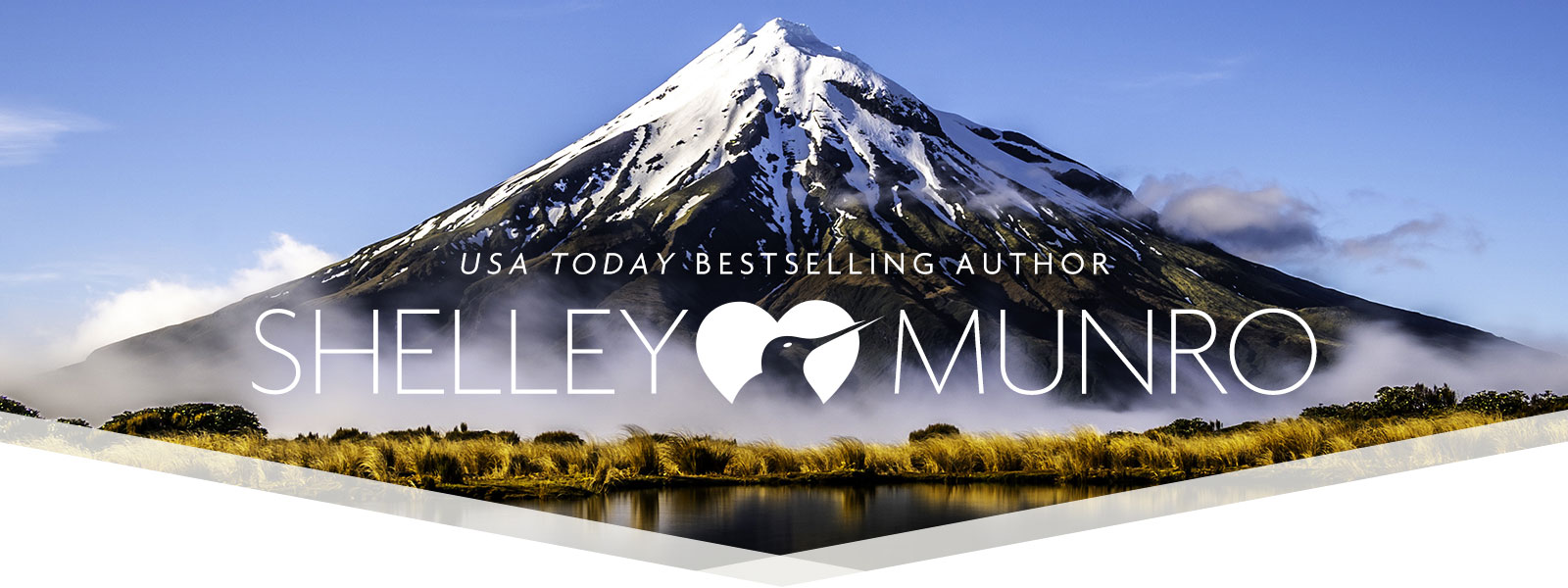When my husband and I worked and lived in London, we weren’t very far from the Chelsea Physic Garden. In hindsight, I wish we’d visited this historical garden, which was founded by The Worshipful Society of Apothecaries in 1673. Next time we make it to London, it’s top of the list.
I picked up a copy of Herbal – The Essential Guide to Herbs for Living by Deni Bown at my local library since one of my characters in the historical I’m working on is gifted with herbs and healing.
Thirteen Herbs: History and Use
1. Dill – comes from the Middle East and has been used since Biblical times. Both the seeds and leaves are used in cooking. Extracts of dill are used for calming and toning the digestive system. It acts as a mild diuretic. Dill is said to increase milk-production in mothers.
2. Horseradish – originally found in south-east Europe to western Asia. Horseradish has been cultivated for around 2000 years. The young leaves are good in salads and on sandwiches. The fresh root can be grated. Horseradish acts as a diuretic and speeds the excretion of toxins in a person with arthritis and gout. I love a mix of creamed horseradish and mayonnaise with hot beetroot. Yum!
3. Arnica – Grows in northern temperate regions and the Arctic. Several species grow in America. It has always been a popular remedy for sprains and bruises, but is no longer taken internally since it’s considered unsafe. Some people are allergic to arnica.
4. Mugwort – I hadn’t heard of this one before but liked the name. It’s one of the nine sacred Druidic herbs believed to protect against evil and poisons. It’s bitter to the taste and is a traditional flavoring for eels and carp. No danger of me eating any!
5. Asparagus – has been cultivated since Egyptian times. I love fresh asparagus, and it always says summer to me. It contains asparagine, which is a strong diuretic and gives the urine a strong odour. It contains an acid that kills roundworms, threadworms and flatworms. Herbalists think of asparagus as a cleansing herb for the liver, bowels and kidneys.
6. Marigold – valued as a medicinal herb, a colourant for fabrics, used in foods and cosmetics since ancient Greek times. The petals can be used in cooking as a cheap version of saffron to colour things such as rice. Marigold is a soothing and healing plant. It’s used to heal dry and cracked skin. It’s also used as an antiseptic for eczema, ulcers, nappy rash. Marigold is often used as a companion plant in vegetable gardens, to help get rid of pests.
7. Camphor Tree – this was unknown in the west prior to the 17th century, but was common in Chinese medicine. It’s used in mothballs. Sometimes used in liniments for joint and muscle pain. In Chinese medicine it’s used for skin diseases and wounds.
8. Limes – are native to Asia. They don’t do well in Mediterranean regions and spread to the West Indies. The essential oil is used in perfumes. Lime juice is often added to medicines in south-east Asia. I like limes in cooking, and can’t wait to try Key lime pie when we visit Miami later this year.
9. Coriander – is one of the world’s oldest herbs, and seeds were found in Egyptian tombs. the leaves and the seeds are used in cooking. It’s one of hubby’s favorite herbs. He seems to put it in everything. The tea made from the bruised seeds relieves indigestion and wind.
10. Echinacea – an important medicinal herb to native Americans. They were used to cure infected wounds, poisonous bites and stings. Echinacea is an immune-system stimulant. Some species are becoming rare because of over-collection.
11. Eucalyptus – native to Australia. The essential oil is used as an antiseptic, expectorant and anti-inflammatory. It’s used in coughs, colds, dental hygiene products as well as liniments and soaps. It has a very distinctive scent.
12. Ginkgo – a tree that grows up to 100ft tall. They’re called a botanical dinosaur because the trees are unchanged from those that lived 200 million years ago. They’re sacred in China and Japan and many are grown near temples. Ginkgo nuts are served roasted in Japanese bars. The nuts are prescribed for asthma, coughs, and incontinence. They contain a substance that improves the blood supply to the brain and is used in senile dementia cases.
13. Liquorice – grows wild in Mediterranean regions and south-west Asia. A different variety also grows in central Asia, China and Japan. Liquorice is mentioned in Assyrian medical texts. Liquorice extracts are added to sweets and baked products, ice cream and chewing gum. Liquorice roots contain glycyrrhizin, that has cortisone-like effects. Excessive intake of liquorice can cause side-effects. Not recommended for pregnant women.
Are any of these familiar to you?





Of course I had to google an image of the ginkgo tree. They are actually quite beautiful when their leaves turn color to gold.
Interesting list. Happy T13!
I didn’t even know it came from a tree. Amazing the things I learn doing a TT :)
I have used arnica before – you can find it in gels for sore muscles and things at health food stores. It does help. Many of those herbs are quite useful.
Great list!
I’ve used arnica too. My sister swears by it for bumps and bruises etc.
I’ve heard of a few of these. I didn’t know about asparagus though. I love the smell of Eucalyptus and used to get dried sprigs of it to use in the wreaths I made because the scent even on the dried ones last so long.
It’s amazing walking through a clump of the trees. The scent is invigorating.
I am familiar with several of these, though I don’t use them myself. I’ve never cared for asparagus, but I do like some varieties of marigolds and love key lime pie. Yum!
I’m looking forward to this key lime pie, and I know to steer away from the bright green ones!
Cool TT! Lots of interesting facts!
*hugs*
Paige
My TT is at http://paigetylertheauthor.blogspot.com/
Thanks for stopping by, Paige.
Seems like the things closest to us and easiest to visit always end up on the bottom of the list.
That’s true :)
I’ve been eating a lot of asparagus lately. Glad to hear it’s doing some good for me.
Have a great Thursday!
http://harrietandfriends.com/2012/03/happiest-and-unhappiest-jobs-in-america/
I love fresh asparagus. The growing season is so short. I like to take advantage!
I love horseradish sauce on a sandwich! I also like the name mugwort, but I won’t be trying it either. :)
Beef and horseradish sandwiches are very popular in England. I made heaps of these while working in London pubs.
This is a very interesting list of herbs. It would seem mother nature has had ways to address so many of our bodily issues for like, ever :-)
The use of herbs for health has always fascinated me. A lot of our modern day medicines are based on herbs.
I know a lot of people who take Ginko in order to improve their memory – they say it really works.
That’s interesting and good to hear.
I have dyed my handspun yarn with marigold from my mom’s garden. And I can’t wait to hear what you think of key lime pie.
Maddy, I’m looking forward to my pie. It’s interesting about using the marigolds for dying. Is it a vibrant yellow or quite subtle?
Very cool info! Thanks for sharing – I knew some of them, but not all.
Thanks for stopping by, Jaycee.
Oh this is great..I learned some new stuff…You always teach me something cool..
Glad to be of service :)
Asparagus, schmasparagus. We had plenty of medicinal herb back in the 60s.
LOL – did you now?
Lovely post. I enjoy wandering through a garden centre and stopping to sniff-test the herbs. Marjoram surprised me by being really perfume-y. You can Fed Ex me some of that Key Lime Pie, Shelley :) I had a lime variant on a Lemon Meringue Pie the other week and it was heaven. Citrus and sugar, yum :)
I have to agree about the citrus/sugar combo.
Our local botanic garden has a special herb garden. It’s fun touching and sniffing all the plants.
I like your list; some I haven’t used. Thanks for sharing.
The Food Temptress
I have got to see if Gingko will grow in my part of the country. I’m going to plant horseradish too (in pots because it’s invasive). I’ve never used the leaves before.
Great list. I learned a lot.